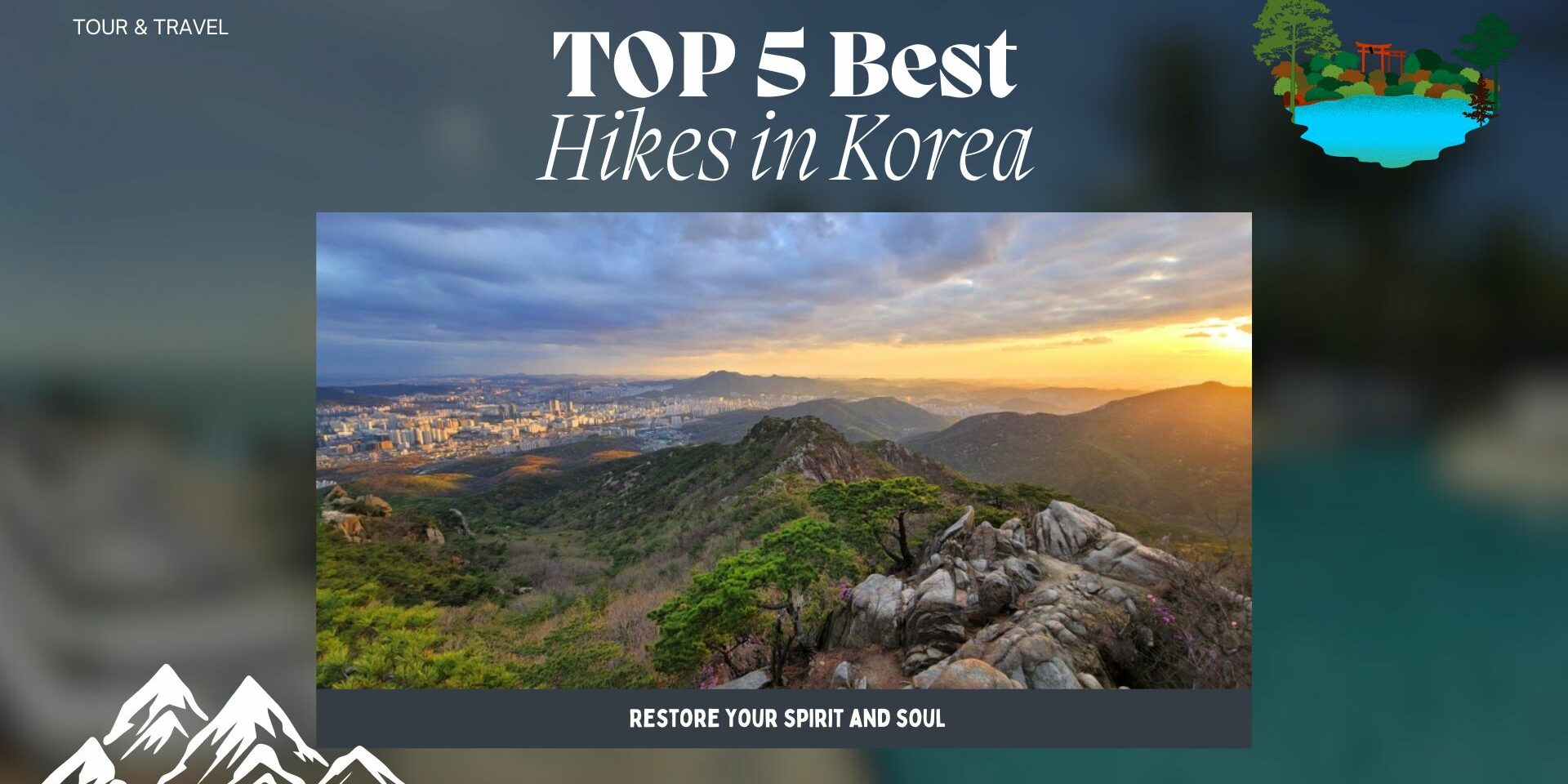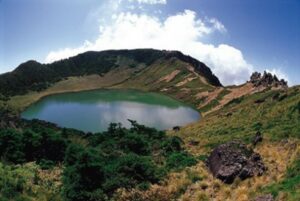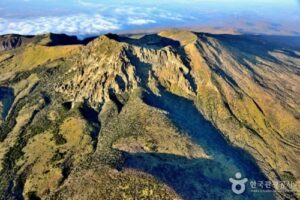Hiking is a beloved national pastime in South Korea, owing to its mountainous landscape covering 70% of the country’s land. Trails are often crowded on weekends as enthusiasts come prepared with gear and snacks for a mountain adventure. The hiking community is vibrant, with people traveling from all over to enjoy the scenic beauty. Here are 10 standout routes for an unforgettable experience in the mountains of South Korea.
- Seoraksan
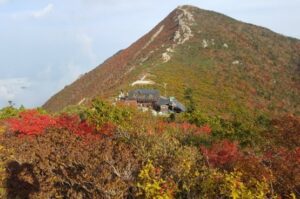
At 1,708 meters (about 5,600 feet), Daecheongbong stands as Seoraksan’s highest peak, attracting both novice and experienced climbers alike.
The ascent to the summit typically takes around three hours, depending on your starting point. Along the way, the renowned Cheonbuldong Valley dazzles with its vibrant autumn hues.
For an equally rewarding hike, consider the two-hour journey to the peak of Ulsan Bawi (876 meters). From there, soak in breathtaking vistas of the eastern sea, Daecheongbong, and the valleys below.
Begin your trek from Sinheungsa, near the Kensington Star Hotel, where the vibrant colors of fall typically linger until late October.
2. Bukhansan
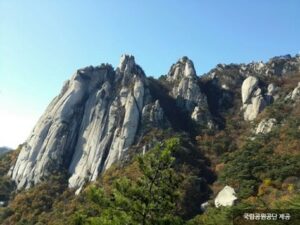
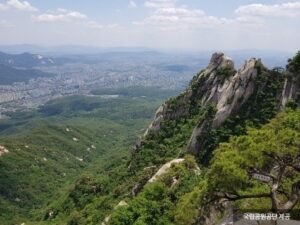
Seoul is graced with seven mountains, among which Bukhansan stands out as the city’s “lungs,” aiding in clearing its CO2 emissions.
Embark on a three-hour hike from the Bukhansanseong Hiking Support Center near Gupabal Station (subway line three) to reach Baegundae, Seoul’s highest peak at 836 meters. Offering steep terrain and panoramic views of Seoul, this popular trail caters to both casual and avid weekend hikers. Due to its location near Korea’s densely populated area, the park attracts over five million visitors annually, so anticipate sharing the trails with others.
3. Jirisan
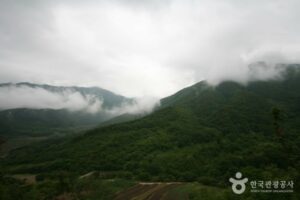

Jirisan, South Korea’s largest national park at 484 square kilometers, boasts the grandeur of its many peaks, with Cheonwangbong standing tall at 1,915 meters. While exploring, don’t miss the stunning Piagol Valley to the south, where autumn’s spirit truly comes alive. Begin your journey at the Yeongok Hiking Support Center and opt for a leisurely five-hour walk or simply linger to soak in the beauty. The valleys offer a delayed but equally enchanting display of fall colors, extending the seasonal spectacle beyond the peaks.
4. Naejangsan
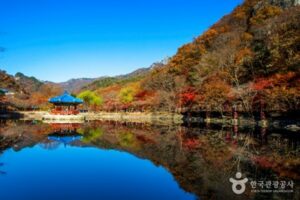
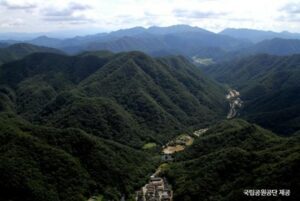
While not boasting the lofty heights of other mountains, Naejangsan’s allure lies in its annual autumn spectacle, earning it the title of fall foliage central for over five centuries. Despite Sinseonbong’s modest elevation of 763 meters, the mountain’s vibrant transformation captivates visitors year after year.
The popular three-hour hike to peak Seoraebong from the Hiking Information Center offers breathtaking views, but the real magic begins along the path leading to the Buddhist temple Naejangsa. Here, an enchanting avenue adorned with 108 trees, ablaze in a riot of golds, oranges, and reds, sets the stage for an unforgettable autumn experience.

